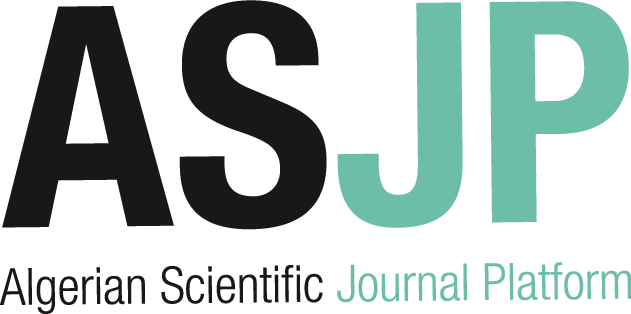[article]
| Titre : |
Production of Hydrogen from Glucose as a Biomass Simulant: Integrated Biological and Thermochemical Approach |
| Type de document : |
texte imprimé |
| Auteurs : |
Sadashiv M. Swam, Auteur ; Vaibhav Chaudhari, Auteur ; Dong-Shik Kim, Auteur |
| Année de publication : |
2008 |
| Article en page(s) : |
p. 3645-3651 |
| Langues : |
Anglais (eng) |
| Mots-clés : |
Hydrogen Biomass simulant: Glucose |
| Résumé : |
Hydrogen production from biomass was investigated using an integrated biological and thermochemical process. Glucose was used as a biomass surrogate and was first converted to ethanol in a fermentation process. The fermentation experiments were carried out using Saccharomyces cerevisiae. The fermentation broth was then used in aqueous phase reforming (APR) over a platinum-based catalyst. An economic analysis of the proposed process demonstrates the economic viability of producing hydrogen from biomass using fermentation combined with APR. The average production yield of hydrogen was ∼25%. The hydrogen obtained from APR of the fermentation broth was compared against the yield from a feed containing 5% ethanol in water. While the catalyst was stable for an extended time on stream during APR of ethanol, very rapid deactivation was observed during APR of fermentation broth. Different catalyst characterization techniques, including XRD, BET surface area, and ICP-AES, were employed to investigate the causes of catalyst deactivation. Although the analysis suggested similar catalyst changes in both cases, and the exact deactivation mechanism could not be concluded, these techniques helped to eliminate some mechanisms while suggesting other possible deactivation routes. Nanofiltration of the fermentation broth was shown to remove the impurities leading to deactivation. |
| En ligne : |
https://pubs.acs.org/doi/abs/10.1021/ie070895p |
in Industrial & engineering chemistry research > Vol. 47 N°10 (Mai 2008) . - p. 3645-3651
[article] Production of Hydrogen from Glucose as a Biomass Simulant: Integrated Biological and Thermochemical Approach [texte imprimé] / Sadashiv M. Swam, Auteur ; Vaibhav Chaudhari, Auteur ; Dong-Shik Kim, Auteur . - 2008 . - p. 3645-3651. Langues : Anglais ( eng) in Industrial & engineering chemistry research > Vol. 47 N°10 (Mai 2008) . - p. 3645-3651
| Mots-clés : |
Hydrogen Biomass simulant: Glucose |
| Résumé : |
Hydrogen production from biomass was investigated using an integrated biological and thermochemical process. Glucose was used as a biomass surrogate and was first converted to ethanol in a fermentation process. The fermentation experiments were carried out using Saccharomyces cerevisiae. The fermentation broth was then used in aqueous phase reforming (APR) over a platinum-based catalyst. An economic analysis of the proposed process demonstrates the economic viability of producing hydrogen from biomass using fermentation combined with APR. The average production yield of hydrogen was ∼25%. The hydrogen obtained from APR of the fermentation broth was compared against the yield from a feed containing 5% ethanol in water. While the catalyst was stable for an extended time on stream during APR of ethanol, very rapid deactivation was observed during APR of fermentation broth. Different catalyst characterization techniques, including XRD, BET surface area, and ICP-AES, were employed to investigate the causes of catalyst deactivation. Although the analysis suggested similar catalyst changes in both cases, and the exact deactivation mechanism could not be concluded, these techniques helped to eliminate some mechanisms while suggesting other possible deactivation routes. Nanofiltration of the fermentation broth was shown to remove the impurities leading to deactivation. |
| En ligne : |
https://pubs.acs.org/doi/abs/10.1021/ie070895p |
|


 Ajouter le résultat dans votre panier Faire une suggestion Affiner la recherche
Ajouter le résultat dans votre panier Faire une suggestion Affiner la rechercheProduction of Hydrogen from Glucose as a Biomass Simulant: Integrated Biological and Thermochemical Approach / Sadashiv M. Swam in Industrial & engineering chemistry research, Vol. 47 N°10 (Mai 2008)











